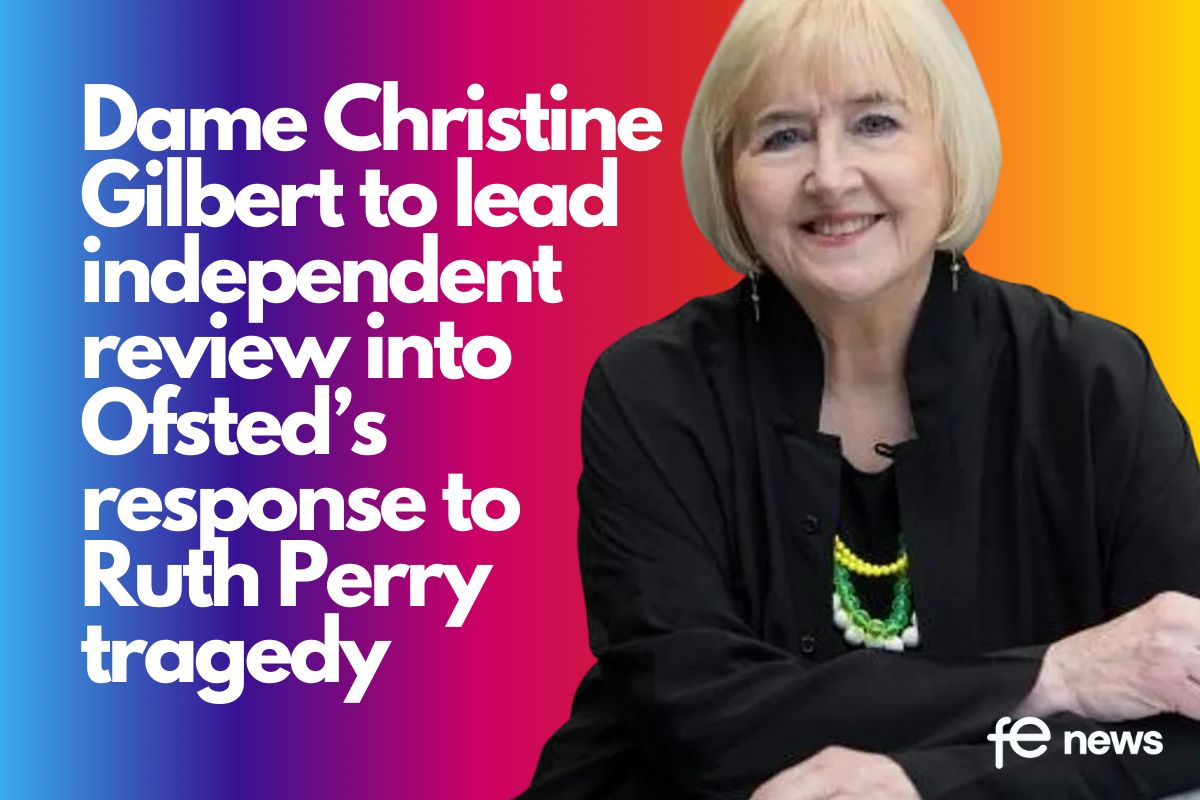What can we learn from the Australian approach to apprenticeships in schools?

The disruption to the provision of training as a result of Covid-19 is an opportunity for policy makers and training providers to revisit the UK’s approach to training, particularly for young people who have been greatly impacted by the pauses or a slowing down of their programmes.
This may be a good time for schools to also consider the place of traineeships and apprenticeships as FE and skills organisations have struggled to promote vocational learning within schools as they run up against a preference for A levels and HE pathways – hence the need for the introduction of the Baker Clause in 2018.
Yet in Australia, a completely different mindset exists. Vocational training and 15-19 school-based education are successfully integrated, in no small part due to the vocational education and training in schools (VETiS) programme. Here, students can study a range of VET qualifications, including part-time school-based apprenticeships and traineeships, alongside their general education.
The impact on students’ futures is huge.
A key report showed that five years on from their in-school apprenticeship:
- 87 per cent were either working, studying or both;
- 78 per cent were in a job, with 29 per cent of that number also studying;
- 9 per cent were studying only.
Not an either/or mindset
Importantly, VETiS encourages less of an either/or mindset. Academically-inclined students are as able to explore VET subjects as much as those on an exclusively VET route. Academic-track students often choose to take at least one VET subject in order to develop a more well-rounded skillset.
In comparison, our BTEC programme is seen as an alternative to A levels, rather than an add-on area of study. The closest UK equivalent is the now-defunct programme-led apprenticeships, which were terminated given the lack of tangible outcomes.
Furthermore, UK schools’ concerns about how VET pathways might impact on their own A-level results and HE progression is less of a concern in Australia. Australian schools instead see registered training organisations (RTO) as true learning partners, and while schools can register as an RTO themselves, there is a real appetite to partner externally.
Having taught in secondary schools in Queensland, I’ve seen first-hand how vocational learning is promoted as a credible alternative (or supplementary course of study) to a university entrance score. Even the most elite private schools offer VET, endorsing vocational learning as being as valid a learning pathway as an academic or university route. The achievements of VET students are equally acknowledged at end of year events alongside academic course students.
Lack of cooperation
This integration is particularly topical to the UK. The Baker Clause addresses the lack of cooperation between schools and vocational providers. Without promoting alternative education pathways, we risk our students being at best disengaged from education and at worst becoming NEET (not in education, employment or training) due to a lack of awareness of their learning options. The clause is essential to ensuring a productive future for students – academic or not.
All this isn’t to say the Australian VET industry isn’t without its own problems. VET numbers have declined in recent years (although trade programmes have remained relatively steady), in part due to policy and funding reforms. HE snobbery lingers as part of a culture of strong competition, although there is, as in the UK, increased collaboration between the two sectors. However, as a whole, Australian VET initiatives remain a credible and popular alternative and VET student numbers consistently outweigh those in higher education.
So, what can we take away from this? Understandably, differences between the Australian and UK education systems mean we can’t entirely replicate VETiS, although T-levels could well prove an excellent first step. However, other Australian initiatives running alongside VETiS can certainly be adapted. The Australian government promotes and ‘normalises’ vocational learning through national multi-media campaigns, alongside state-wide initiatives. Akin to the UK’s Get In. Go Far campaign, this ensures vocational learning remains at the forefront of society’s consciousness. VET graduates also often have a higher earning potential than HE graduates. This can also be true in the UK, but seems more commonly known in Australia. It’s crucial to promote this in future marketing campaigns.
Helen McAnally is founder of Australian recruitment and consulting firm Parkhouse Bell Pty Ltd.
Discuss in the Promote-Ed Forums












Responses